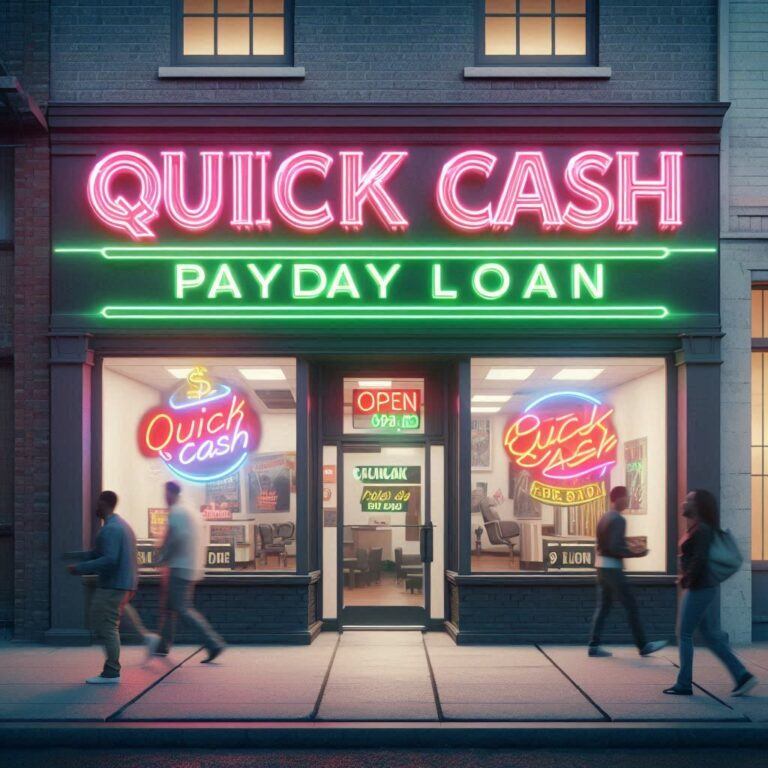Craft Your Financial Vision Board Today

Creating a financial vision board is like giving your dreams a visual home. A financial vision is a clear, faith-informed picture of the financial future you desire and believe God is leading you toward. It reflects not just what you want to do with your money, but how you want to feel and steward it.
Whether it’s living debt-free, owning a home, tithing consistently, or blessing others abundantly your financial vision connects your spiritual values to your financial decisions. It serves as your “north star” that guides your goals, helps you make better money moves, and keeps you anchored when distractions or discouragement creep in. It’s more than just dollars and cents it’s direction with purpose. It’s about mapping out your financial dreams and looking at them every day for encouragement. But why does everyone need one?
A vision board helps you stay focused on your financial goals. It’s your constant reminder of what you’re working towards. When life gets busy, having that board on your wall or your refrigerator can bring your goals back into focus.
This tool is for everybody it isn’t just for one type of person. Whether you’re a student trying to save for college, a young professional aiming for a big purchase, or a parent planning a family vacation, a financial vision board is worth it. It’s also good for anyone who prefers visual aids for motivation and goal-setting.
Vision boards aren’t just trendy they work because they tap into how our brains are wired. Research shows that visualizing goals activates the same brain areas as actually performing those actions. According to studies in psychology, seeing your goals daily keeps them top-of-mind, which increases follow-through and motivation. That’s why elite athletes, CEOs, and even therapists recommend vision boards for goal setting. In short, a financial vision board is for everyone who dreams of better financial stability and prosperity. It keeps you motivated, focused, and driven, no matter where you are in your financial journey.
Step-by-Step Guide to Creating Your Financial Vision Board
This is the fun part! Bringing your financial vision board to life starts with gathering the right materials. You’ll need a board (bulletin board, poster board, or even a digital platform), magazines, printed pictures, sticky notes, scissors, glue, and markers. This is your creativity toolkit.
Choosing the perfect board matters. Whether physical or digital, make sure it’s easily accessible and visible. You’ll constantly want to see it to keep thinking about your goals.
Setting SMART financial goals is a game-changer. These should be Specific, Measurable, Achievable, Relevant, and Time-bound. Instead of “I want to save money,” try “I want to save $5,000 in six months for an emergency fund.” Clearly defined targets keep you motivated and on track.

Incorporating faith-based elements can be inspiring. Whether it’s motivational scriptures, faith-based affirmations, or quotes, these can give your vision board an extra layer of meaning and encouragement.
Pictures and words matter when representing goals. Use meaningful images combined with powerful words and phrases. If you aim to buy a house, use images of your dream home with words like “Security” or “Home Sweet Home” written beside them.
When representing money on your vision board, get creative and personal. You can use images of cash, piggy banks, check marks over debt balances, savings jars, or even digital mockups of your bank account with your dream balance. Want to increase your income? Add a photo of your ideal paycheck or a graphic showing multiple income streams.
If your goal is debt freedom, represent that with “PAID IN FULL” stamped across a bill. Tie it all back to your faith by writing verses or phrases like “God is my provider” or “He gives seed to the sower” next to your money imagery. Don’t just show the money show what it will do for you and how it aligns with God’s calling on your life.
Arrange your images and words to create a cohesive and appealing design. You might want to section them by different goals or have a central theme that ties everything together. The arrangement should feel good and make sense to you.
Action completes the vision. Hang your board where it’s visible every day—above your desk, next to your bed, or as your phone’s wallpaper. Make it part of your routine to review and reflect on it daily. Embrace the board’s message and take small steps toward your goals regularly.
Faith-Based Aspects of a Financial Vision Board
Spirituality and finances might seem separate, but integrating your faith into your vision board can bring grounding and purpose.
Start with reflecting on your spiritual goals and values. What does financial success look like from with God in the center? It might be tithing regularly, providing for your community, or ensuring your family’s future. One habit I’ve recently incorporated is giving to those I see in need. These values shape the images and words you choose for your vision board.
Including scriptures or faith-based affirmations can provide daily encouragement. Bible verses or quotes that resonate with your financial goals are powerful. Place them prominently on your board. For instance, Jeremiah 29:11, ‘For I know the plans I have for you,’ can be a reminder of faith in your financial planning.
One scripture I used on my most recent vision board is Matthew 21:22: If you believe you will receive whatever you ask for in prayer. The theme for my 2024 vision board is God is able. It’s been a great reminder of the things that I am trusting God for this year. Even as I type this it is a reminder to submit these things to God in prayer. He is more than able to do exceedingly and abundantly more than I can think or ask. Ephesians 3:20.

Daily practices keep God at the center of your vision board. Spend a few minutes each day praying and seeking God about the items on your board. Connecting your spiritual and financial goals strengthens your commitment.
Hearing how others achieved their financial dreams while staying true to their spiritual values proves the process works. Sharing these stories within your community can inspire others to do the same.
Combining prayer and action is crucial for achieving financial success. Praying over your goals and taking consistent steps toward them is critical. The balance of faith and effort brings your financial vision to life.
Common Vision Board Mistakes to Avoid:
-
Being too vague. “I want more money” isn’t clear. Be specific.
-
Not revisiting it. Your vision board isn’t a one-time thing—it’s a tool for daily focus.
-
Leaving God out. When faith isn’t included, you might chase goals that aren’t aligned with your calling.
-
Not aligning with your actual budget. Don’t put luxury goals if you haven’t planned for debt freedom first.
A vision board isn’t set in stone. As life changes, your goals may shift and that’s okay. Set a reminder every quarter to revisit and refresh your board. Add new scriptures, swap out outdated goals, or reflect on what God has already brought to pass. This keeps your vision board aligned with your current season and God’s evolving direction for your life.
For more great tips, resources, and financial ideas or even to book a free consultation call please visit us at www.transformingfinances.com
In the comments below share some ideas that you have in mind for your 2025 vision board! Lets start setting goals and making plans for the new year.
Grace and Peace to you!
Disclaimer:
The information provided in this post is based on my experience and research in personal finance. While I strive to share accurate and helpful insights, this content is for informational purposes only and should not be considered professional financial advice. Please consult a qualified financial advisor for advice tailored to your specific situation.







You revealed a beautiful blend of practical financial planning and spiritual guidance! Creating a vision board with both financial and faith-based goals feels so meaningful—it’s like setting your intentions with a deeper purpose. I love the idea of adding scriptures and personal affirmations to keep motivated and grounded. Balancing prayer and action can indeed make a big difference in achieving our dreams. Thanks for the inspiring steps and encouragement! This is a must-try for anyone aiming to reach financial goals while staying connected to their faith.
Thank you so much for your kind and thoughtful comment! I’m thrilled that the blend of practical financial planning and spiritual guidance resonated with you. Creating a vision board that incorporates both financial goals and faith-based aspirations truly brings a deeper sense of purpose to the journey—it’s a powerful way to align your actions with your beliefs. I’m so glad you found the steps encouraging, and I can’t wait to hear about how this practice helps you on your journey. Thank you for sharing your enthusiasm—it means so much!